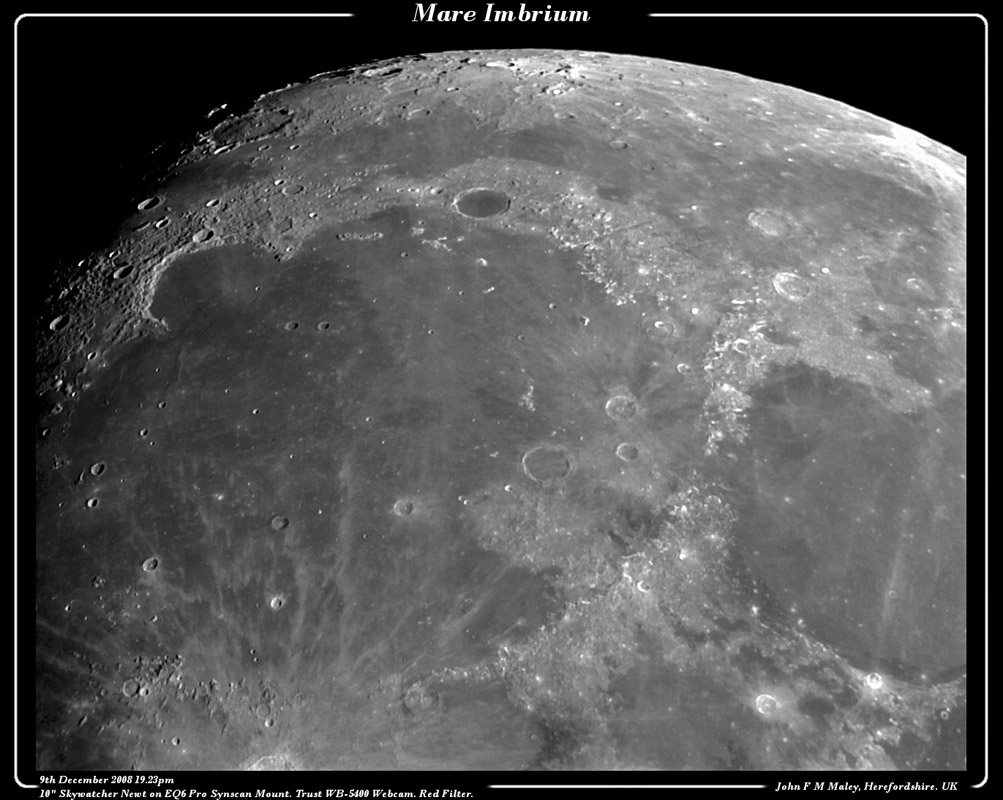Difference between revisions of "May 3, 2009"
(Created page with "__NOTOC__ =A Basin Full of Lava= <!-- ws:start:WikiTextHeadingRule:2:<h1> --> <!-- ws:start:WikiTextLocalImageRule:8:<img src="/file/view/LPOD-May3-09.jpg/71...") |
|||
| (8 intermediate revisions by the same user not shown) | |||
| Line 1: | Line 1: | ||
__NOTOC__ | __NOTOC__ | ||
=A Basin Full of Lava= | =A Basin Full of Lava= | ||
| − | + | <!-- Start of content --> | |
| − | + | <!-- ws:start:WikiTextHeadingRule:2:<h1> --> | |
| − | + | <!-- ws:start:WikiTextLocalImageRule:8:<img src="/file/view/LPOD-May3-09.jpg/71021317/LPOD-May3-09.jpg" alt="" title="" /> -->[[File:LPOD-May3-09.jpg|LPOD-May3-09.jpg]]<!-- ws:end:WikiTextLocalImageRule:8 --><br /> | |
<em>image by [mailto:John.Maley@scafftag.com John F M Maley], Herefordshire, UK</em><br /> | <em>image by [mailto:John.Maley@scafftag.com John F M Maley], Herefordshire, UK</em><br /> | ||
<br /> | <br /> | ||
| − | The 1160 km diameter ring defined by the arc of Apennine and Carpathian mountains is full of mare basalts. We don't know how thick the lavas are in the basin, but based on deductions from its gravity anomaly (or mascon) the best estimate is about 5 km. What we can see is that most of the subsequent impact craters larger than 5-10 km in diameter are in the outer third of the mare; the largest craters closest to the basin center are Timocharis (33 km) and Lambert (30 km). This is consistent with the center portion of the basin being the deepest, and the edges being most shallow - which is exactly what would be expected. The fact that there are no large craters near the middle implies that any that were created in the interval between basin formation and lava filling were completely covered over by the thick pile of lava. Fifty-five km wide [mailto:tychocrater@yahoo.com Chuck Wood]</em><br /> | + | The 1160 km diameter ring defined by the arc of Apennine and Carpathian mountains is full of mare basalts. We don't know how thick the lavas are in the basin, but based on deductions from its gravity anomaly (or mascon) the best estimate is about 5 km. What we can see is that most of the subsequent impact craters larger than 5-10 km in diameter are in the outer third of the mare; the largest craters closest to the basin center are Timocharis (33 km) and Lambert (30 km). This is consistent with the center portion of the basin being the deepest, and the edges being most shallow - which is exactly what would be expected. The fact that there are no large craters near the middle implies that any that were created in the interval between basin formation and lava filling were completely covered over by the thick pile of lava. Fifty-five km wide [[February_18,_2005|Lambert R]] is an example of a crater that was nearly completely obliterated. <br /> |
| + | <br /> | ||
| + | <em>[mailto:tychocrater@yahoo.com Chuck Wood]</em><br /> | ||
<br /> | <br /> | ||
<strong>Technical Details</strong><br /> | <strong>Technical Details</strong><br /> | ||
| Line 12: | Line 14: | ||
<br /> | <br /> | ||
<strong>Related Links</strong><br /> | <strong>Related Links</strong><br /> | ||
| − | Rükl plate [ | + | Rükl plate [https://the-moon.us/wiki/Rükl_11 11] (and many more)<br /> |
<br /> | <br /> | ||
| + | <p><b>Yesterday's LPOD:</b> [[May 2, 2009|Smaller And Smaller Rilles]] </p> | ||
| + | <p><b>Tomorrow's LPOD:</b> [[May 4, 2009|La Voyage Dans La Lune]] </p> | ||
<hr /> | <hr /> | ||
| − | + | {{wiki/ArticleFooter}} | |
| − | |||
| − | |||
| − | |||
Latest revision as of 19:54, 18 August 2018
A Basin Full of Lava

image by John F M Maley, Herefordshire, UK
The 1160 km diameter ring defined by the arc of Apennine and Carpathian mountains is full of mare basalts. We don't know how thick the lavas are in the basin, but based on deductions from its gravity anomaly (or mascon) the best estimate is about 5 km. What we can see is that most of the subsequent impact craters larger than 5-10 km in diameter are in the outer third of the mare; the largest craters closest to the basin center are Timocharis (33 km) and Lambert (30 km). This is consistent with the center portion of the basin being the deepest, and the edges being most shallow - which is exactly what would be expected. The fact that there are no large craters near the middle implies that any that were created in the interval between basin formation and lava filling were completely covered over by the thick pile of lava. Fifty-five km wide Lambert R is an example of a crater that was nearly completely obliterated.
Chuck Wood
Technical Details
see image margin
Related Links
Rükl plate 11 (and many more)
Yesterday's LPOD: Smaller And Smaller Rilles
Tomorrow's LPOD: La Voyage Dans La Lune
COMMENTS?
Register, Log in, and join in the comments.



